彩虹堂系统开发
一个简单的示例在spring boot中实现国际化
最近在网上找了一个有关账单管理的spring boot项目,其中有一部分是涉及显示国际化信息的,即将页面上的中英文进行转换。彩虹堂系统开发找黎灿:180微2853电2960,彩虹堂系统,彩虹堂小程序开发,彩虹堂软件开发,彩虹堂模式开发,彩虹堂源码开发。因为在这之前这部分内容没有接触过,所以在这记录下过程。
详细效果图如下所示:
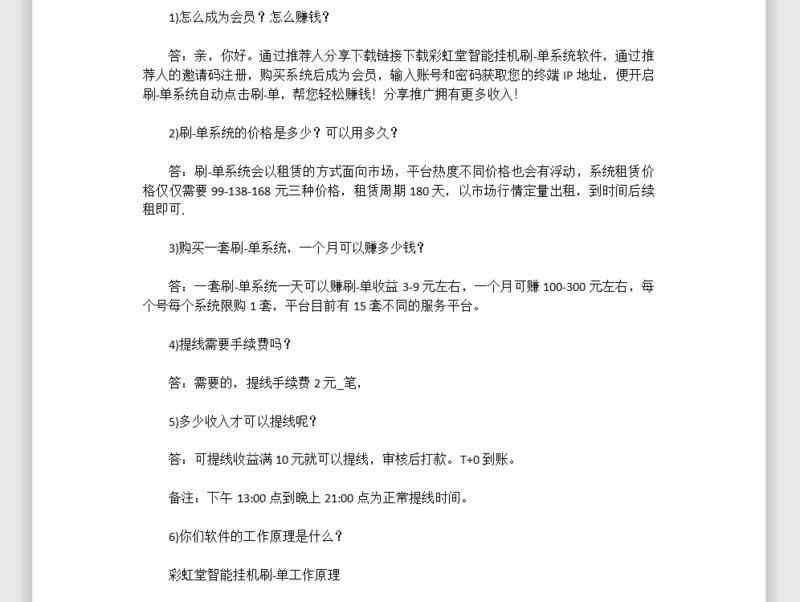
中文效果图如下所示: 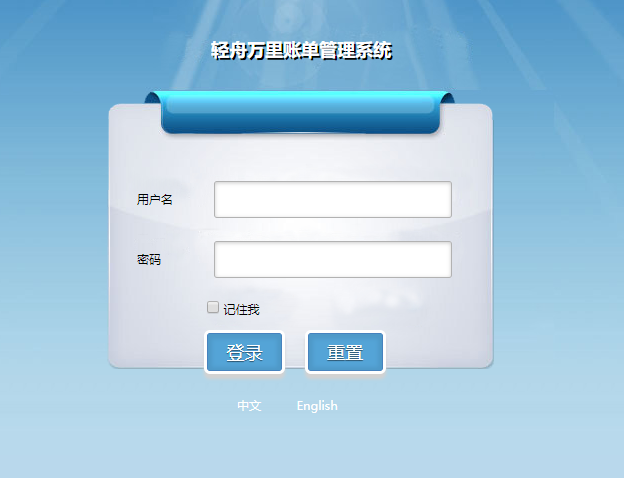
英文效果图如下所示:
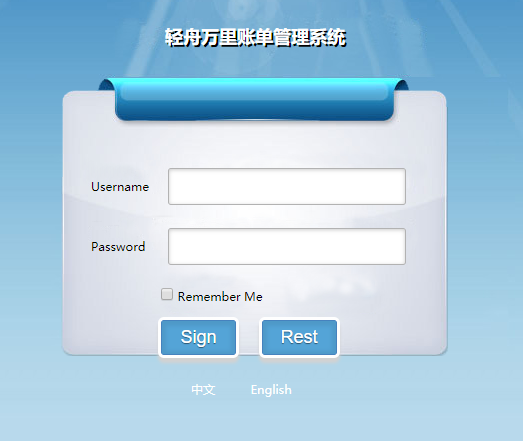
从上面两幅图可以看出在切换中英文时有五个部分的内容发送改变。分别是: 用户名 (Username)、 密码 (Password)、 记住我 (Remember Me)、 登录 (Sign)、 重置 (Rest)。
第一部分、先在resources目录下新建一个i18n文件夹,并在该文件夹下新建一个Resource Bundle.如下图所示:
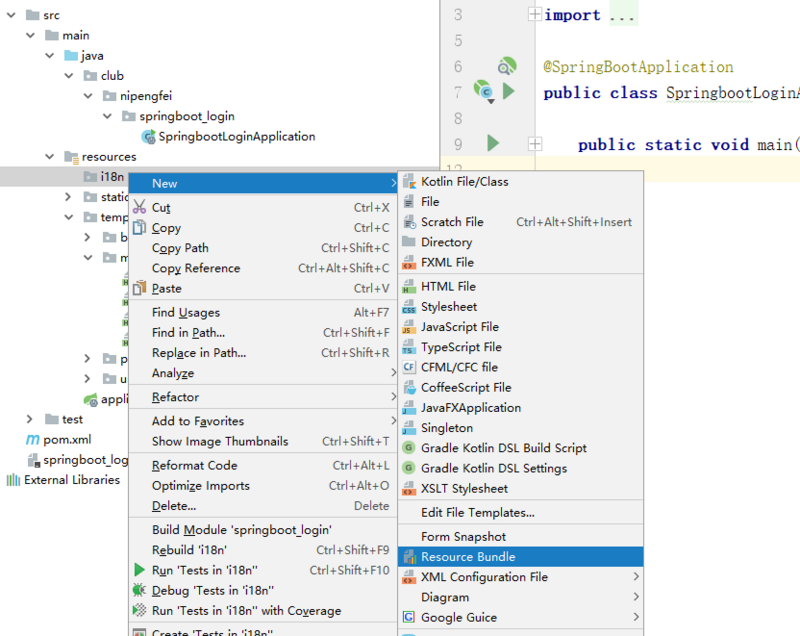
并在跳出的弹框内写入以下信息:
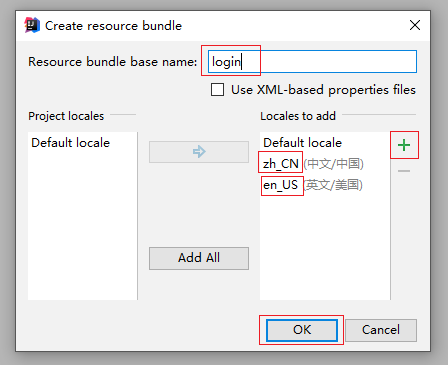
点击“OK”后就会在i18n目录下生成3个后缀名为“.properties”的文件。如下所示:
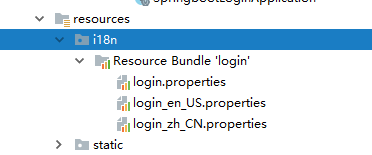
第二部分、分别在这三个文件中填入相应信息。
login.properties表示默认显示的信息。login.password、login.remember、login.reset、login.submit、login.username是自己设置的key值,用于在HTML中显示。后面的是将要显示的内容。
1 login.password=密码 2 login.remember=记住我 3 login.reset=重置 4 login.submit=登录 5 login.username=用户名
login_en_US.properties
1 login.password=Password 2 login.remember=Remember Me 3 login.reset=Rest 4 login.submit=Sign 5 login.username=Username
login_zh_CN.properties
1 login.password=密码 2 login.remember=记住我 3 login.reset=重置 4 login.submit=登录 5 login.username=用户名
第三部分、在HTML相应位置填入key值,并在点击“中文”或“English”发出不同请求信息。
注意:在这个项目中使用的模板是thymeleaf,因此需要现在开始的html标签内引入该模板的标签。
根据thymeleaf的文档
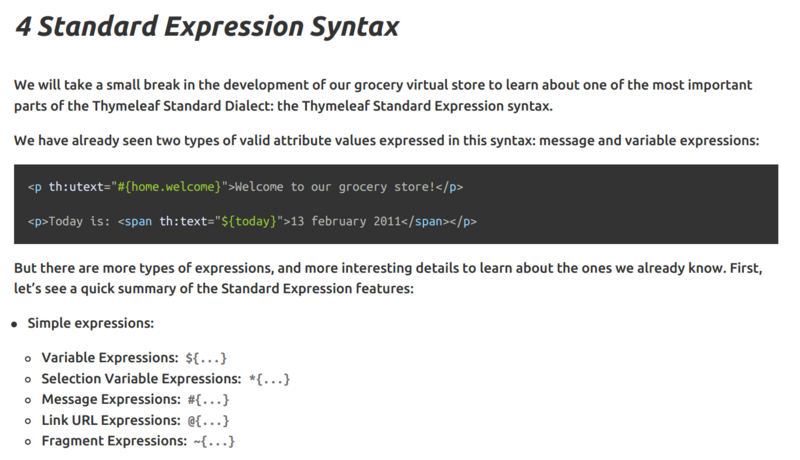
显示国际化信息时用到的“#{}”而不是"${}"。
由于这个“记住我”是<input>单标签的没有标签体,根据thymeleaf文档发现需要使用"[[#{}]]"或“[(#{})]”行内表达式。
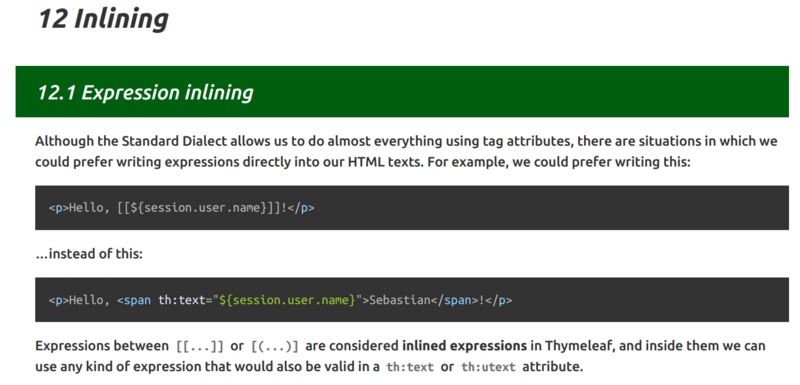
当点击“中文”时附带请求信息“zh_CN”,点击英文时附带请求信息“en_US”.
login.html代码如下所示:
 login.html
login.html
第四部分、设置区域解析器
在页面上显示中文还是英文是由请求信息头中“accept-language”的决定的,默认是中文。我们只要将点击所附带的请求信息传递给“accept-language”就会使页面的中英文改变。
spring boot中有一个WebMvcAutoConfiguration类,提供了本地区域解析器。如下图所示:
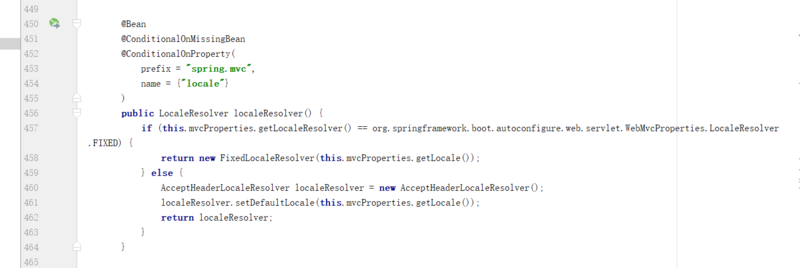
该本地区域解析器上有个注解@ConditionalOnMissingBean表示如果容器中没有这个bean,就将这个bean放到容器中,如果有就使用已经存在的。
从下面的代码片段中可以看到有一个请求头本地区域解析器AcceptHeaderLocaleResolver实现了LocaleResolver接口。

因此我们可以在component包下新建一个自定义区域解析器MyLocaleResolver,该类需要实现接口LocaleResolver,重写方法,根据请求的参数构造一个Local返回。
; "复制代码")
1 package club.nipengfei.springboot.component; 2
3 import org.springframework.web.servlet.LocaleResolver; 4 import org.thymeleaf.util.StringUtils; 5
6 import javax.servlet.http.HttpServletRequest; 7 import javax.servlet.http.HttpServletResponse; 8 import java.util.Locale; 9
10 /**
11 * 自定义区域解析器 12 */
13 public class MyLocaleResolver implements LocaleResolver { 14 @Override 15 public Locale resolveLocale(HttpServletRequest httpServletRequest) { 16 // 获取自定义请求头信息
17 String l = httpServletRequest.getParameter("l"); 18 // 获取系统默认的区域信息
19 Locale locale = Locale.getDefault(); 20 if (!StringUtils.isEmpty(l)){ 21 String[] split = l.split("_"); 22 // 接收第一个参数为语言代码,第二个参数为国家代码
23 locale = new Locale(split[0],split[1]); 24 } 25 return locale; 26 } 27
28 @Override 29 public void setLocale(HttpServletRequest httpServletRequest, HttpServletResponse httpServletResponse, Locale locale) { 30
31 } 32 }
; "复制代码")
将其添加到容器中,在config包下新建一个MySpringMvcConfigure,在该类的localeResolver方法中返回LocaleResolver,注意使用注解@Bean。代码如下所示:
; "复制代码")
1 package club.nipengfei.springboot.config; 2
3 import club.nipengfei.springboot.component.MyLocaleResolver; 4 import org.springframework.context.annotation.Bean; 5 import org.springframework.context.annotation.Configuration; 6 import org.springframework.web.servlet.LocaleResolver; 7 import org.springframework.web.servlet.config.annotation.ViewControllerRegistry; 8 import org.springframework.web.servlet.config.annotation.WebMvcConfigurer; 9
10 @Configuration 11 public class MySpringMvcConfigure { 12
13 @Bean 14 public WebMvcConfigurer webMvcConfigurer(){ 15 return new WebMvcConfigurer() { 16
17 // 添加视图控制器
18 @Override 19 public void addViewControllers(ViewControllerRegistry registry) { 20
21 registry.addViewController("/").setViewName("/main/login"); 22 registry.addViewController("/index.html").setViewName("/main/login"); 23 } 24 }; 25 } 26
27 // 区域解析器
28 @Bean 29 public LocaleResolver localeResolver(){ 30 return new MyLocaleResolver(); 31 } 32 }
; "复制代码")
第五部分、在这过程中遇到的问题。
- 中英文显示乱码,解决方法是修改properties文件编码,改为UTF-8。参考: 解决 IntelliJ IDEA 中 i18n国际化 中文乱码问题。
- 无法访问到login页面,因为login.html页面在template/main目录下。解决方法是添加视图控制器。











![[HBLOG]公众号](https://www.liuhaihua.cn/img/qrcode_gzh.jpg)

